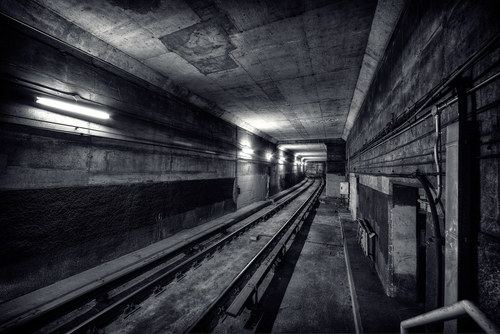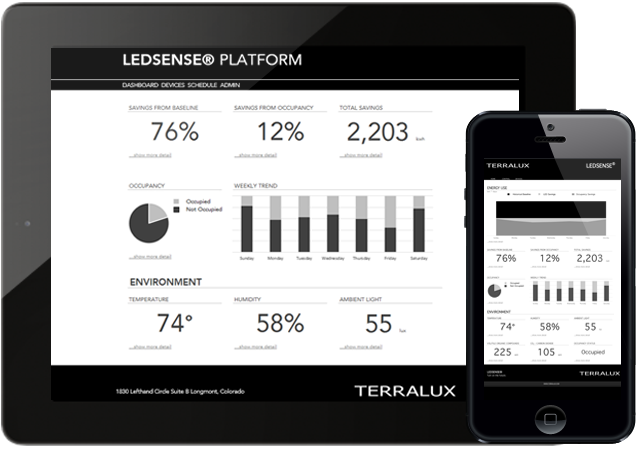Daylighting Technology
Emerging Underground Lighting
Beneath the cobblestones of New York’s Lower East Side, technology is about to present a curious lesson to the world—plants and trees can live a healthy life. We’re not talking about some new lab-modified plant hybrid, but rather about the possibility to light the underground with sunlight through an intricate system of solar panels. The […]


